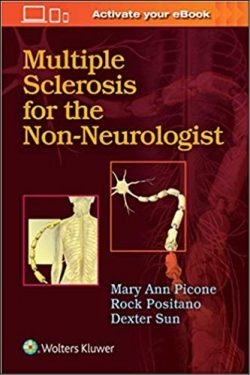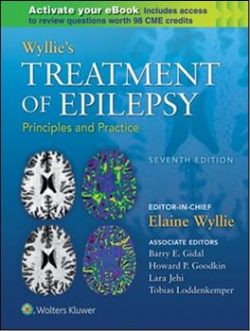This book provides a comprehensive overview of how fractal analytics can lead to the extraction of interesting features from the complex electroencephalograph (EEG) signals generated by Hindustani classical music. It particularly focuses on how the brain responses to the emotional attributes of Hindustani classical music that have been long been a source of discussion for musicologists and psychologists. Using robust scientific techniques that are capable of looking into the most intricate dynamics of the complex EEG signals, it deciphers the human brain’s response to different ragas of Hindustani classical music, shedding new light on what happens inside the performer’s brain when they are mentally composing the imagery of a particular raga. It also explores the much- debated issue in the musical fraternity of whether there are any universal cues in music that make it identifiable for people throughout the world, and if so, what are the neural correlates associated with the universal cues? This book is of interest to researchers and scholars of music and the brain, nonlinear science, music cognition, music signal processing and music information retrieval. In addition, researchers in the field of nonlinear biomedical signal processing and music signal analysis benefit from this book.
Introduction.- Methodology.- Emotions from Hindustani Classical Music: An EEG based study with evidence of neural hysteresis.- Musical perception and visual imagery: Do musicians visualize while performing?.- Tanpura drone and brain dynamics: How a simple acoustic signal affects brain rhythms.- In search of universality of music: effect of cross cultural instrumental clips.- Gestalt phenomenon in music: which frequencies do we hear?.- Quantification of musical emotion with neural jitter-shimmer: novel study with hindustani music.- An approach to encapsulate improvisation in hindustani classical music.- Ambiguity in hindustani classical music: development of an automated algorithm to asses ambiguity.- Computing the pitch of an EEG signal: a new paradigm in analysis of bio-signals.- Epilogue.
Mr. Shankha Sanyal is currently pursuing Ph.D in the field of Cognitive Neurophysics at Sir C.V. Raman Centre for Physics and Music, Jadavpur University. He completed Post Graduation in Physics from Jadavpur University, Kolkata in the year 2012. He is also a Graduate from Jadavpur University. He has been awarded the prestigious S.N. Bose Research Fellowship Award by Department of Science and Technology, Govt. of West Bengal. He is also a CSIR Senior Research Fellow Awardee, Govt. of India. He has more than 50 publications in different journals of international repute and Conference proceedings during his tenure of Ph.D. His main research interests involve emotion recognition and improvisational cues from different renditions of Hindustani Classical music as well as biomedical signal processing algorithms.
ment of Science and Technology, Government of India. She is a student of music for the past 15 years at Shrutinandan school of Music under the patronage of her Guru Pt. Ajoy Chakraborty. She has published more than 50 high quality papers in peer-reviewed International Journals and Conferences in the domain of music signal processing and cognitive neuroscience.
This book provides a comprehensive overview of how fractal analytics can lead to the extraction of interesting features from the complex electroencephalograph (EEG) signals generated by Hindustani classical music. It particularly focuses on how the brain responses to the emotional attributes of Hindustani classical music that have been long been a source of discussion for musicologists and psychologists. Using robust scientific techniques that are capable of looking into the most intricate dynamics of the complex EEG signals, it deciphers the human brain’s response to different ragas of Hindustani classical music, shedding new light on what happens inside the performer’s brain when they are mentally composing the imagery of a particular raga. It also explores the much- debated issue in the musical fraternity of whether there are any universal cues in music that make it identifiable for people throughout the world, and if so, what are the neural correlates associated with the universal cues? This book is of interest to researchers and scholars of music and the brain, nonlinear science, music cognition, music signal processing and music information retrieval. In addition, researchers in the field of nonlinear biomedical signal processing and music signal analysis benefit from this book.
Broadens our understanding of the nonlinear processing of music and music-induced electroencephalograph (EEG) signals
Offers a simplified picture of how music signals are processed in the brain
Enriches our understanding of musicality and the brain
Broadens our understanding of the nonlinear processing of music and music-induced electroencephalograph (EEG) signals
Offers a simplified picture of how music signals are processed in the brain
Enriches our understanding of musicality and the brain





